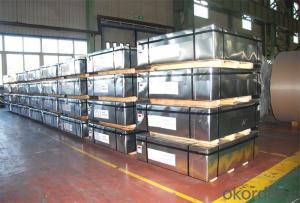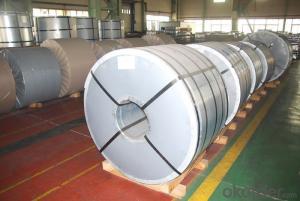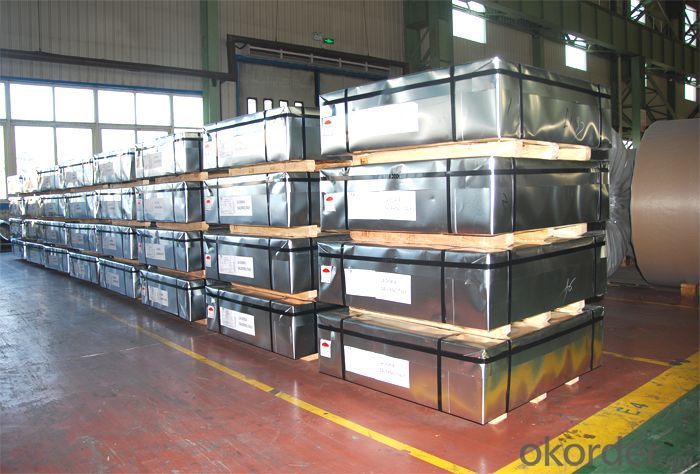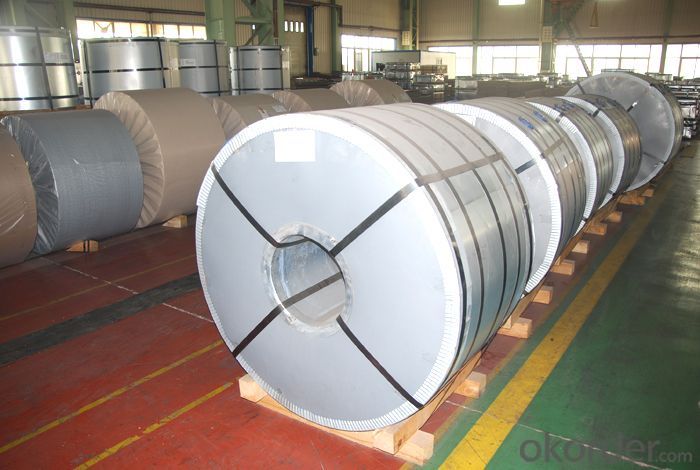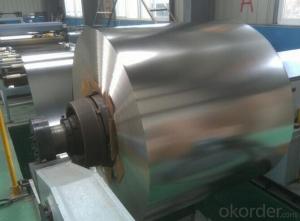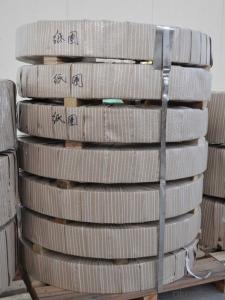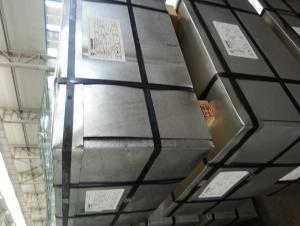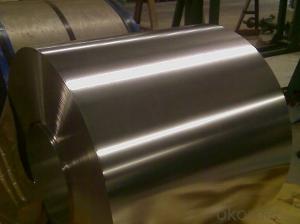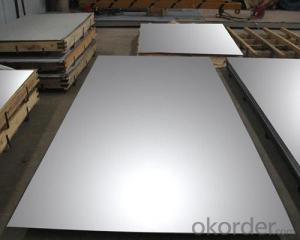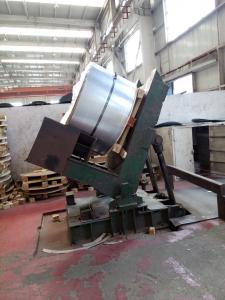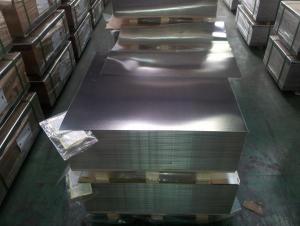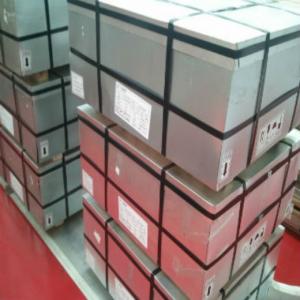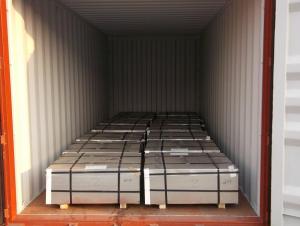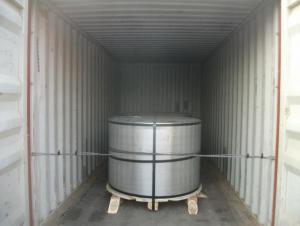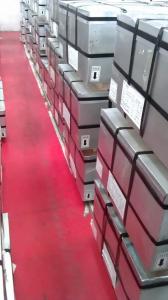Tinplate Dry Food Cans Electrical Machinery Parts
- Loading Port:
- Tianjin
- Payment Terms:
- TT or LC
- Min Order Qty:
- 100 m.t.
- Supply Capability:
- 40000 m.t./month
OKorder Service Pledge
OKorder Financial Service
You Might Also Like
Specification
Tinplate for Dry Food Cans / Electrical Machinery / Parts
Product Description:
Tinplate ensures food hygiene and minimizes the possibility of spoilage, effectively preventing health risks. It is also in line with modern conveniences, as tinplate packaging can be used with canned food, tea packaging, coffee packaging, health care product packaging, candy wrappers, cigarette packaging, gift packaging, and food packaging containers. Additionally it can be used with cans for oils and fats, chemicals, beverages, spray cans, and more.
Product Advantages:
Product Applications:
Product Specifications:
Steel Type | MR |
Temper (BA&CA) | T1~T5, DR8, DR9 |
Coating | 1.1~11.2g/m² (Both Equal and Differential) |
Thickness & Tolerance | 0.15~0.50mm(Tolerance: _+0.01 mm) |
Width & Tolerance | 300~1000mm (Tolerance: 0~3mm) |
Cut Length & Tolerance | 450~50mm (Tolerance: 0~3mm ) |
Coil Inside Diameter | 420/508mm |
Coil Weight | 3~10 MT |
Passivation | 311 |
Oiling | DOS |
Surface Finish | Bright, Stone, Silver, Matte |
Packaging | Seaworthy Standard with wooden pallet |
Standards Available | GB/T2520, JIS G3303, ASTM A623M & EN10202 |
Special specifications are available upon request. | |
Product Images:
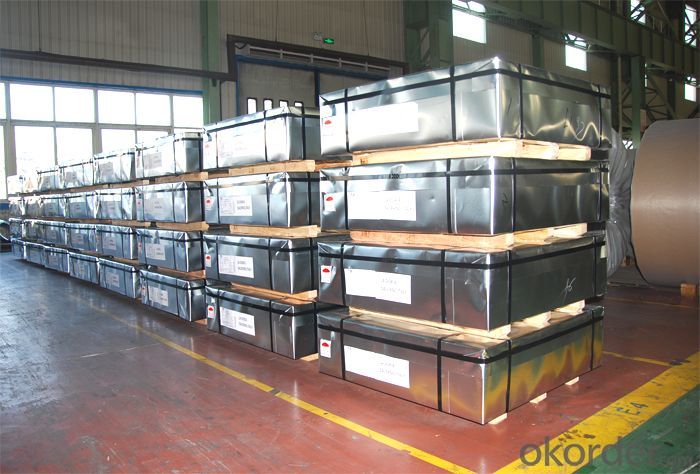
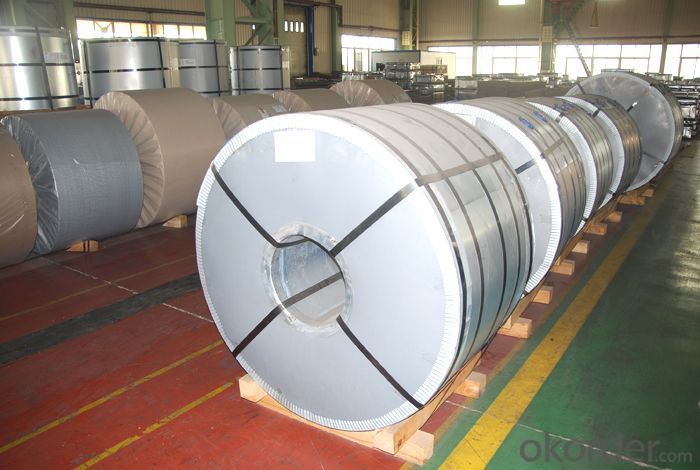
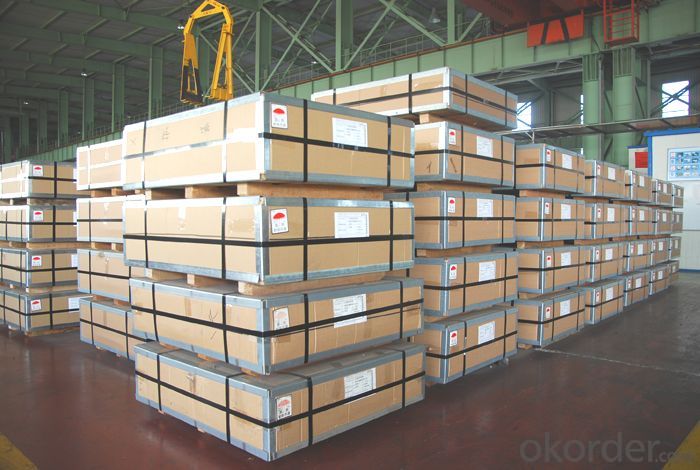
FAQ:
Q1: Why buy Materials & Equipment from OKorder.com?
A1: All products offered by OKorder.com are carefully selected from China's most reliable manufacturing enterprises. Through its ISO certifications, OKorder.com adheres to the highest standards and a commitment to supply chain safety and customer satisfaction.
Q2: How do we guarantee the quality of our products?
A2: We have established an advanced quality management system which conducts strict quality tests at every step, from raw materials to the final product. At the same time, we provide extensive follow-up service assurances as required.
- Q: How long does tinplate last?
- Tinplate can last for several decades if properly maintained and protected from corrosion.
- Q: How can tinplate be rustproof? Products must not be oil
- RP014C-23A thin layer quick drying antirust oil has strong salt fog resistance and acid fast fog performance, which can meet the requirements of severe marine transportation rust prevention. RP014C-23A thin layer fast drying rust proof oil meets the environmental requirements of the export market, such as the EU ROHS directive.
- Q: How is the thickness of tinplate measured?
- The thickness of tinplate is typically measured using a specialized instrument called a micrometer, which accurately measures the distance between the surfaces of the tin coating.
- Q: How does tinplate contribute to the attractiveness of cosmetic packaging?
- Tinplate contributes to the attractiveness of cosmetic packaging by providing a sleek and shiny appearance that enhances the overall visual appeal. Its smooth surface allows for high-quality printing and intricate designs, making it ideal for showcasing brand logos, product information, and appealing graphics. The durability of tinplate also ensures that the packaging maintains its attractive appearance throughout its lifespan, adding value and desirability to cosmetic products.
- Q: Who can tell me how to adjust the roller seal defects?
- Such as material, hardness, etc., especially relatively small tank diameter (such as 202 diameter cans). If the material of the tinplate is thin and the hardness is large, it will be more difficult to ask for it. Because in this case, the material in the double curling process will be less plastic, but the wrinkles will be larger.
- Q: Can tinplate be used for packaging pet care products?
- Yes, tinplate can be used for packaging pet care products. Tinplate is a durable and food-safe material that can effectively protect and preserve various products, including pet care items, such as pet food, treats, and grooming products. Additionally, tinplate packaging offers excellent resistance to corrosion and can be easily shaped and decorated to enhance product appeal.
- Q: Can tinplate be used for paint can packaging?
- Yes, tinplate can be used for paint can packaging. Tinplate is a commonly used material for making paint cans due to its durability, corrosion resistance, and ability to protect the paint from external factors. It is also easy to print on and provides a smooth surface for labeling and branding purposes.
- Q: How does tinplate perform in terms of fire resistance?
- Tinplate has poor fire resistance properties due to its high heat conductivity, which means it can quickly transfer heat and ignite surrounding materials.
- Q: What are the main applications of tinplate in the medical industry?
- Tinplate is commonly used in the medical industry for packaging purposes, specifically for storing and preserving medical devices, pharmaceutical products, and other sensitive healthcare items. Its corrosion resistance and ability to protect against contamination make it ideal for ensuring the safety and sterility of medical supplies. Additionally, tinplate's light weight and durability make it suitable for portable medical devices and portable packaging solutions.
- Q: What are the main challenges in tinplate storage and transportation?
- The main challenges in tinplate storage and transportation include ensuring proper handling to prevent damage and corrosion, managing the weight and bulkiness of the material, and maintaining a controlled temperature and humidity environment to prevent deterioration. Additionally, maintaining accurate inventory records and efficient logistics to minimize delays and optimize distribution can be challenging.
Send your message to us
Tinplate Dry Food Cans Electrical Machinery Parts
- Loading Port:
- Tianjin
- Payment Terms:
- TT or LC
- Min Order Qty:
- 100 m.t.
- Supply Capability:
- 40000 m.t./month
OKorder Service Pledge
OKorder Financial Service
Similar products
Hot products
Hot Searches
Related keywords
